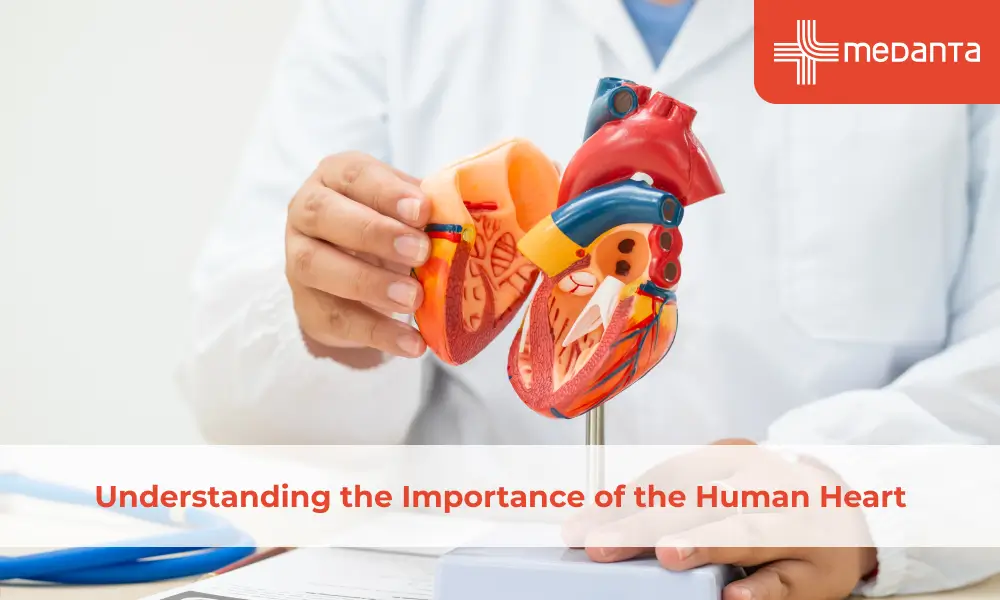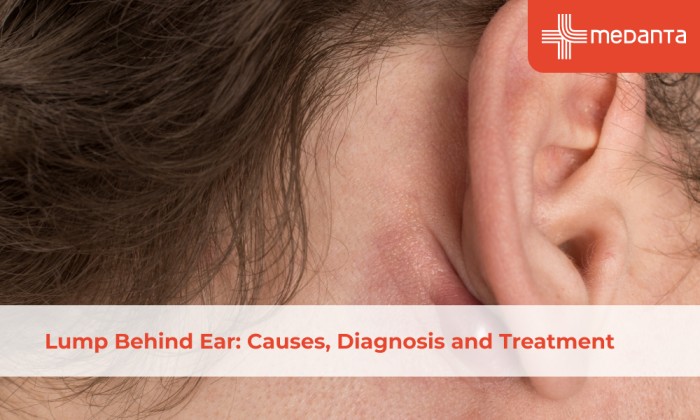Understanding the Importance of the Human Heart

TABLE OF CONTENTS
- Understanding the Importance of the Human Heart
- Where Is the Heart Located in the Human Body?
- What Is the Heart Made of and How Does It Function?
- Anatomy of the Heart: Chambers, Valves, and Function
- How Blood Circulates Through the Heart
- What Is the Heart’s Capacity and Pumping Efficiency?
- Functions of the Heart: Why It Is Vital for Survival
- Does the Heart React to Human Emotions?
Understanding the Importance of the Human Heart
The heart is perhaps the most critical organ in the body. It is also the most talked about and most feared and protected organ! Therefore, it is essential to know what function the heart does and how it can perform these functions.
Where Is the Heart Located in the Human Body?
The heart sits where you can feel it - inside your chest, behind your ribs, and between your lungs. The heart is turned to the left side and backward, meaning the right side sits near the sternum (breast bone) to the front, and the left side sits a bit wider than the left nipple, towards the back of your body. It is approximately the size of your closed fist.
What Is the Heart Made of and How Does It Function?
The heart is a fascinating bio-mechanical organ. It functions as a self-adjusting pump, arranged into different chambers. The chambers are further separated by valves that reduce backward leakage. The heart is also connected to our autonomic nervous system.
The muscle fibres that make up the heart are called cardiomyocytes. They are slightly different from the muscles in your body. They function for long periods in cycles and react to stimuli. Some of these fibres have developed into a conducting system that enables control over the heart's pace.
Anatomy of the Heart: Chambers, Valves, and Function
To maintain pumping function, the heart is divided into multiple chambers. These chambers fill up with blood through one-way valves from the atria before being pushed out through a one-way valve at the mouth of the respective artery by the contraction of the heart muscles.
The chambers are divided into two types. The upper smaller chambers are called the atria, and the lower larger, more powerful chambers are called the ventricles. The ventricles serve as the central pumping unit with tremendous pumping power. In addition, the atria aid in collecting blood and ensuring the ventricles are filled with pressure to provide better pumping with every contraction.
The right atrium is connected to the right ventricle. The right and left sides of the heart are not connected and are separated by a septum. The left atrium is similarly connected to the left ventricle. There are folds of inner skin tissue between the atria and ventricles that act as one-way valves ensuring the pumping action of the ventricles does not push blood back into the atria.
How Blood Circulates Through the Heart
Each contraction of the ventricle is what we feel as a heartbeat. When we are exercising or anxious, our heart recognises the activation of the sympathetic response and starts contracting faster. This rate is controlled internally by the heart's conduction system through a system of pacemaking areas with multiple fail-safes called nodes. They maintain the heart's rhythm and coordinate the pumping action.
The blood from the body is brought back to the heart through veins. The veins combine to form two large veins called the superior vena cava (carrying blood from the upper part of the body) and the inferior vena cava (taking blood from the remaining parts of the body). These veins enter the right atrium.
The right atrium collects the blood and fills it into the right ventricle through a one-way valve called the tricuspid valve.
The right ventricle pumps with pressure into the pulmonary (of the lung) artery. The pulmonary artery carries blood to both your lungs.
In the lungs, your blood gets oxygenated; the carbon dioxide gets removed, and the oxygenated blood is carried back to the heart. The force with which the right side of the heart pumps into the pulmonary system, as well as the condition of the blood vessels, determine the pressure in this system, also called pulmonary pressure.
The oxygen-rich blood from the lungs is collected by the left atria, filling it with pressure into the left ventricle through a one-way valve called the Mitral valve.
The left ventricle is a true powerhouse. It pumps blood with intense pressure to the aorta, which then carries the blood to arteries throughout your body.
Under normal conditions, a healthy individual’s heart beats 60-80 times per minute, delivering about 5 litres per minute, but its flow can be five times greater under extreme conditions. This is because the peak blood pressure in the heart is about one-sixth of an atmosphere, and the heart develops about two watts of mechanical power.
Functions of the Heart: Why It Is Vital for Survival
The heart’s pumping is what keeps blood moving. Blood supplies oxygen to different organs, including crucial areas like our brain, where tissues will die pretty quickly without oxygen. Blood also clears out waste products from various tissues and maintains an ideal environment and balance of electrolytes etc., for the cells to function at their best. If the heart stops pumping, a downward spiral starts when cells stop receiving oxygen. This is why we commonly associate heartbeat with death.
Does the Heart React to Human Emotions?
While it may seem like emotions have nothing to do with the heart from reading the mechanics above, the fact remains that we all intuitively know this not to be true. That is because our heart is connected to our autonomic nervous system. The autonomic nervous system is different from the one under conscious control but transmits your state, including stressors and emotions, to various organs. This is why you feel your heart racing when you are afraid. This system controls the force and pace of your heart and the pressure in the blood vessels against which your heart has to pump.



